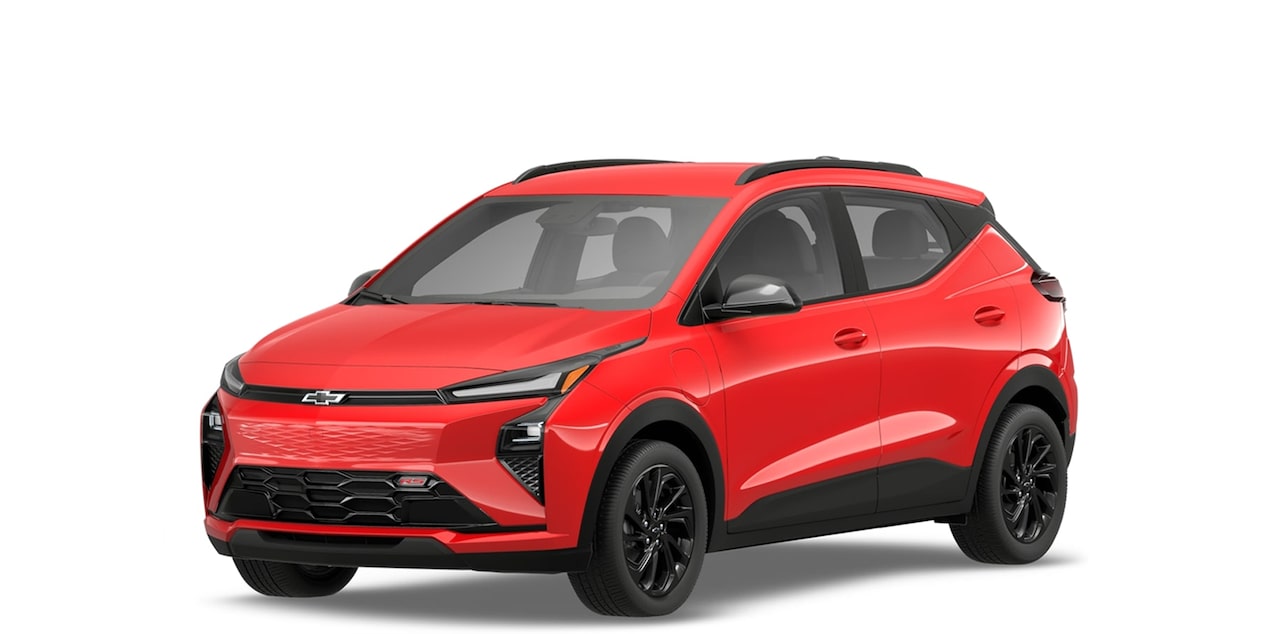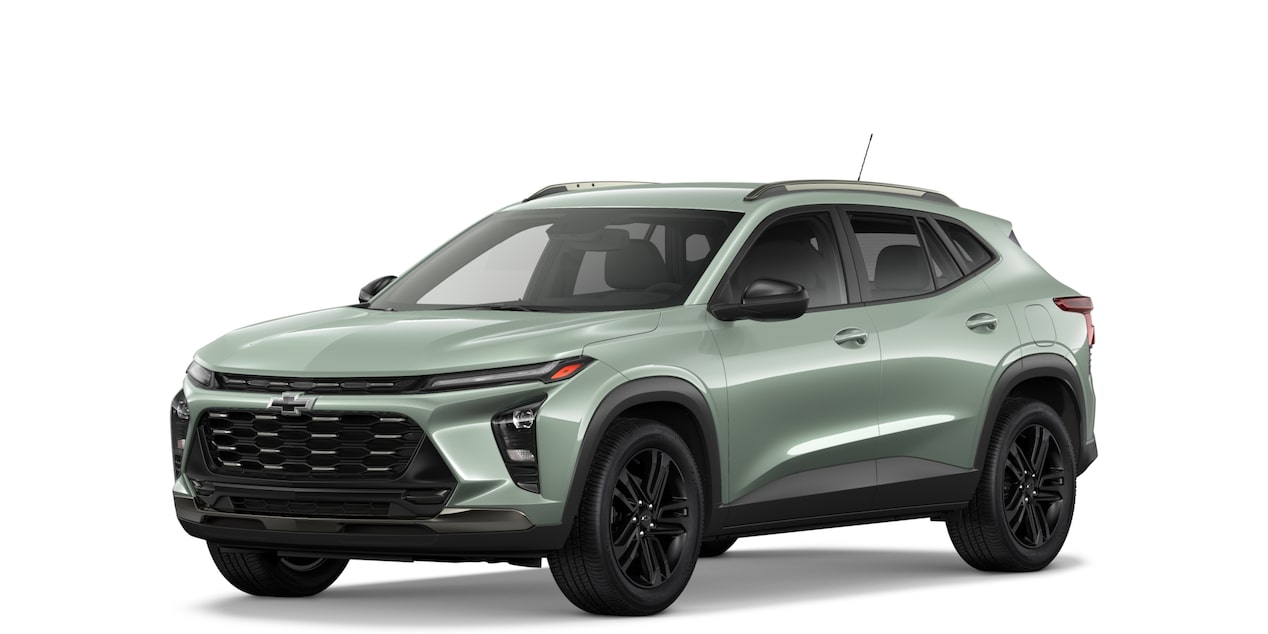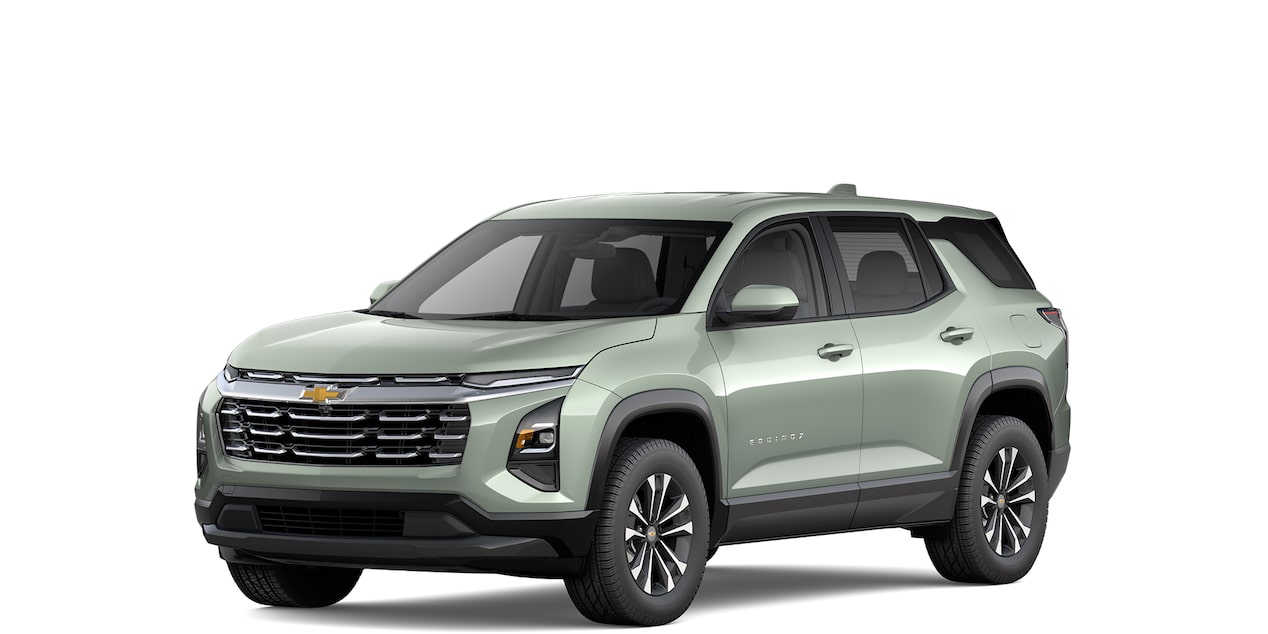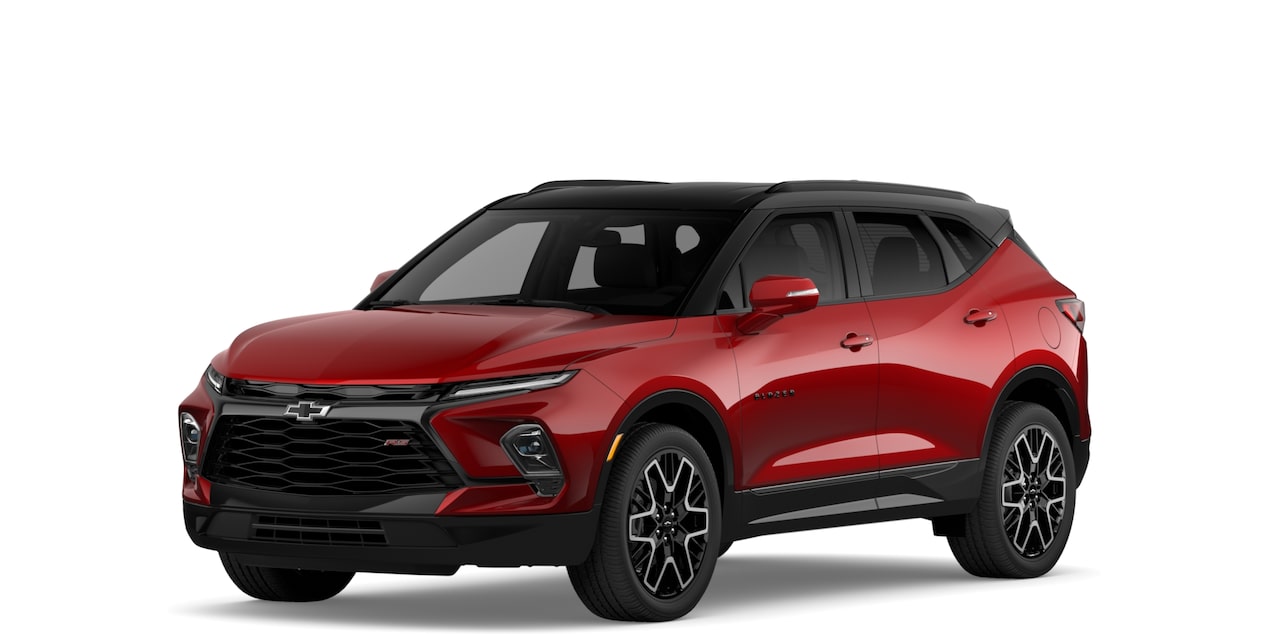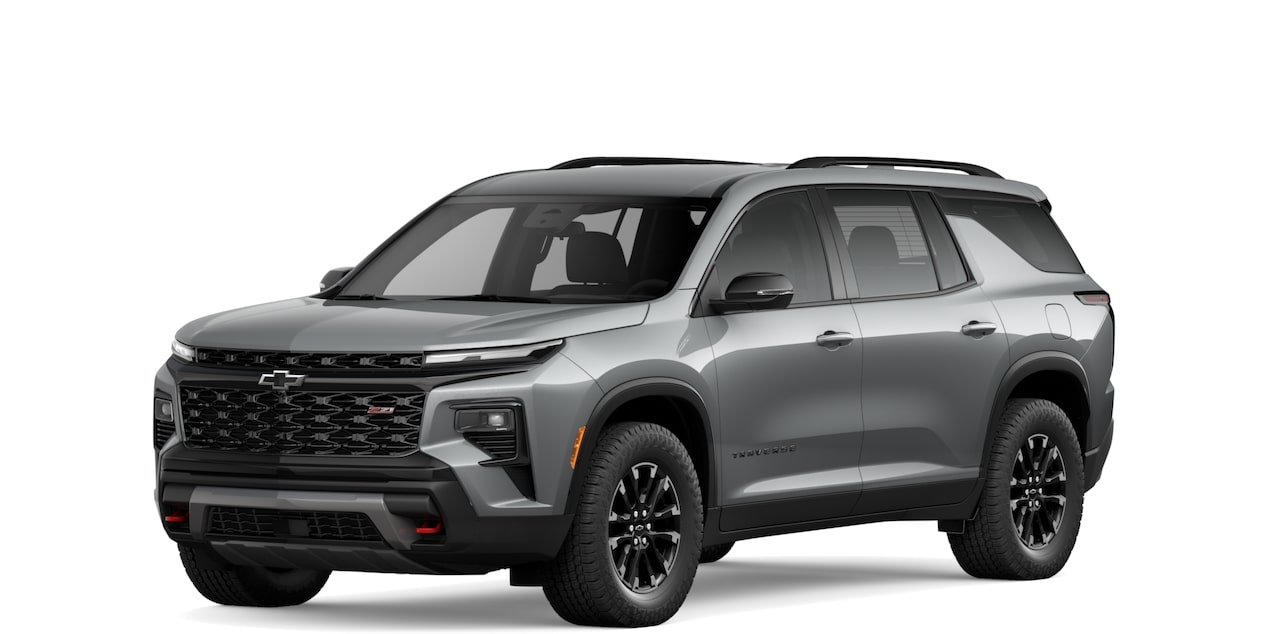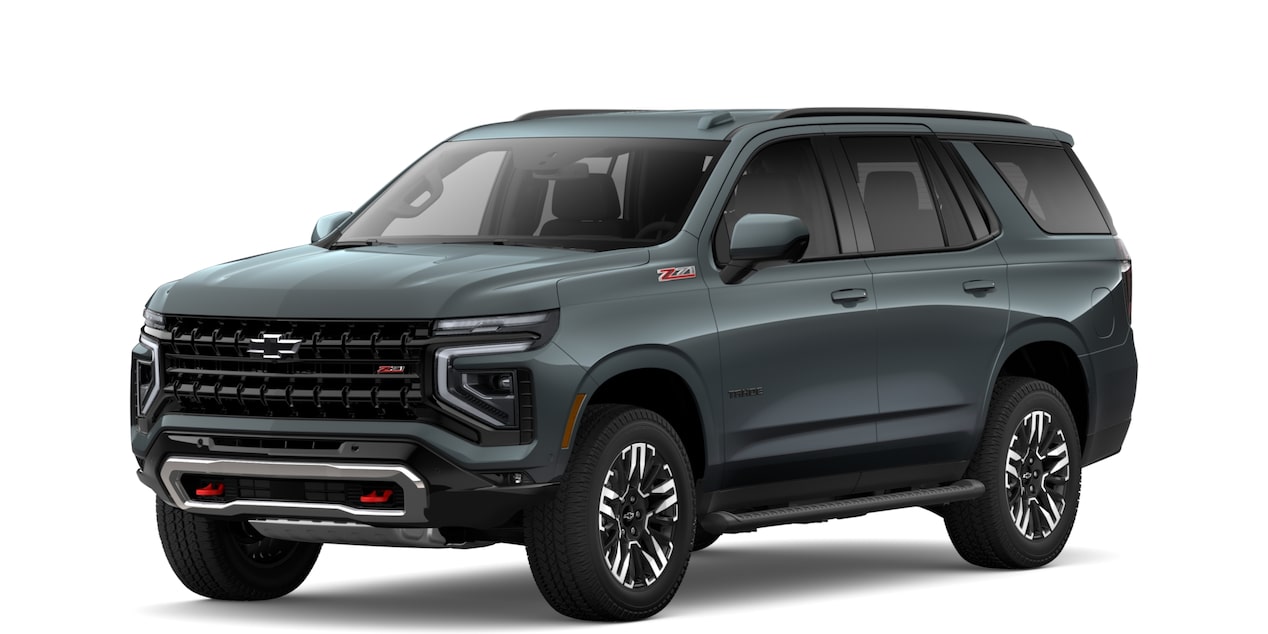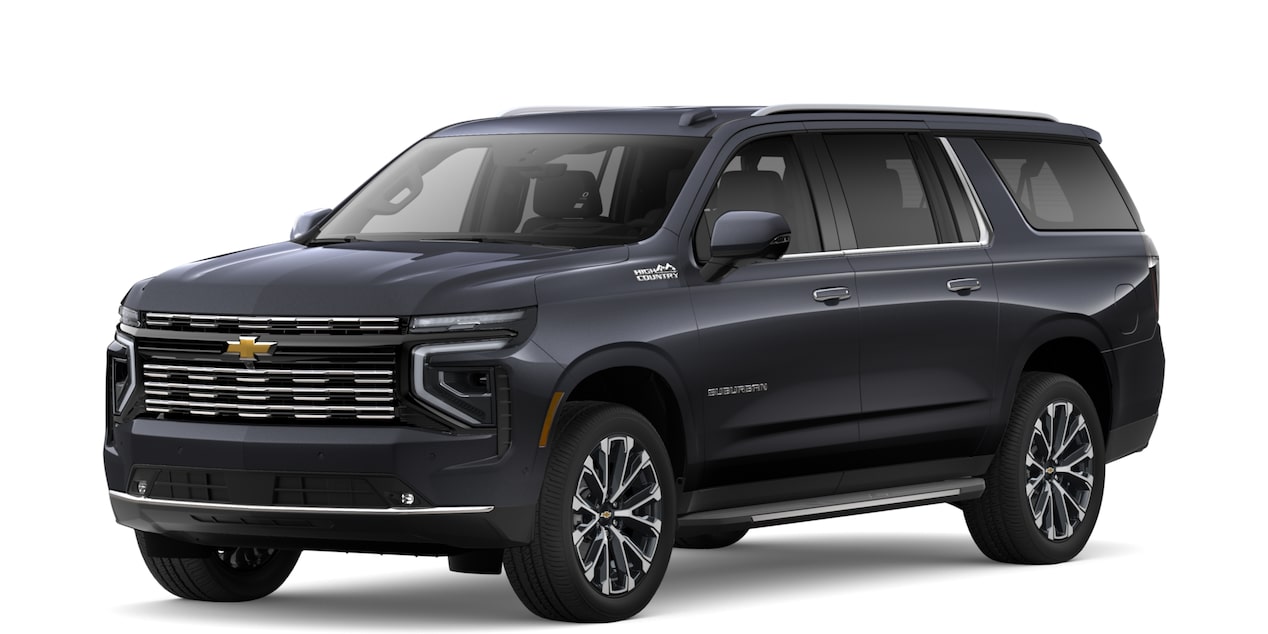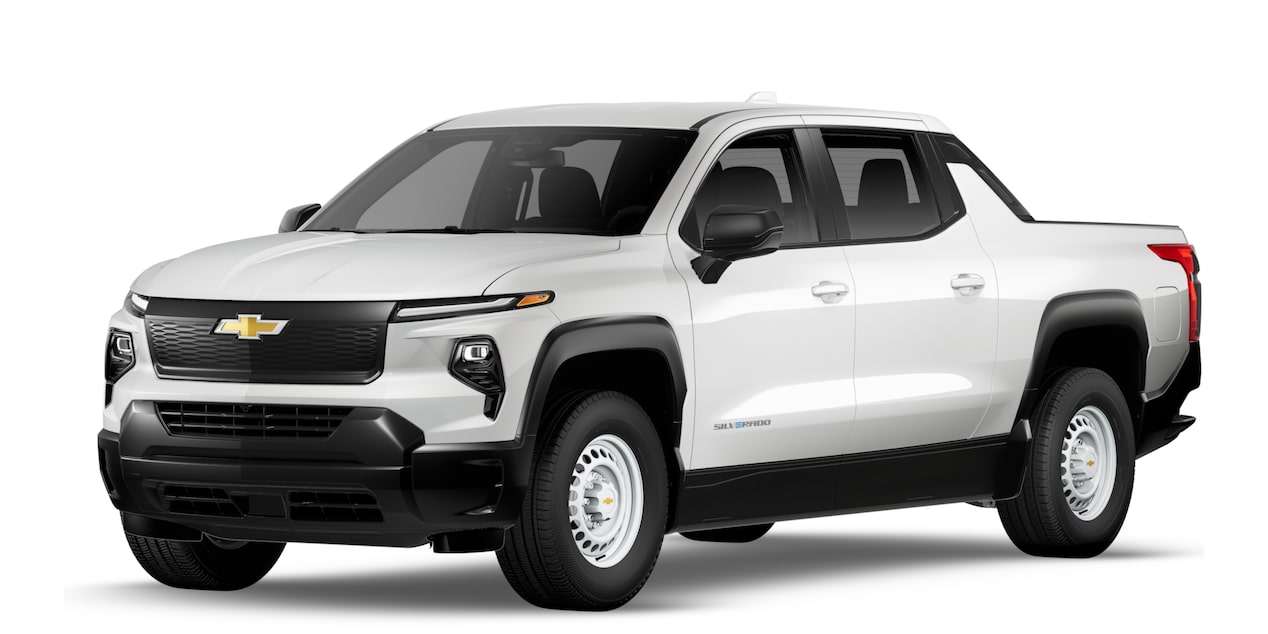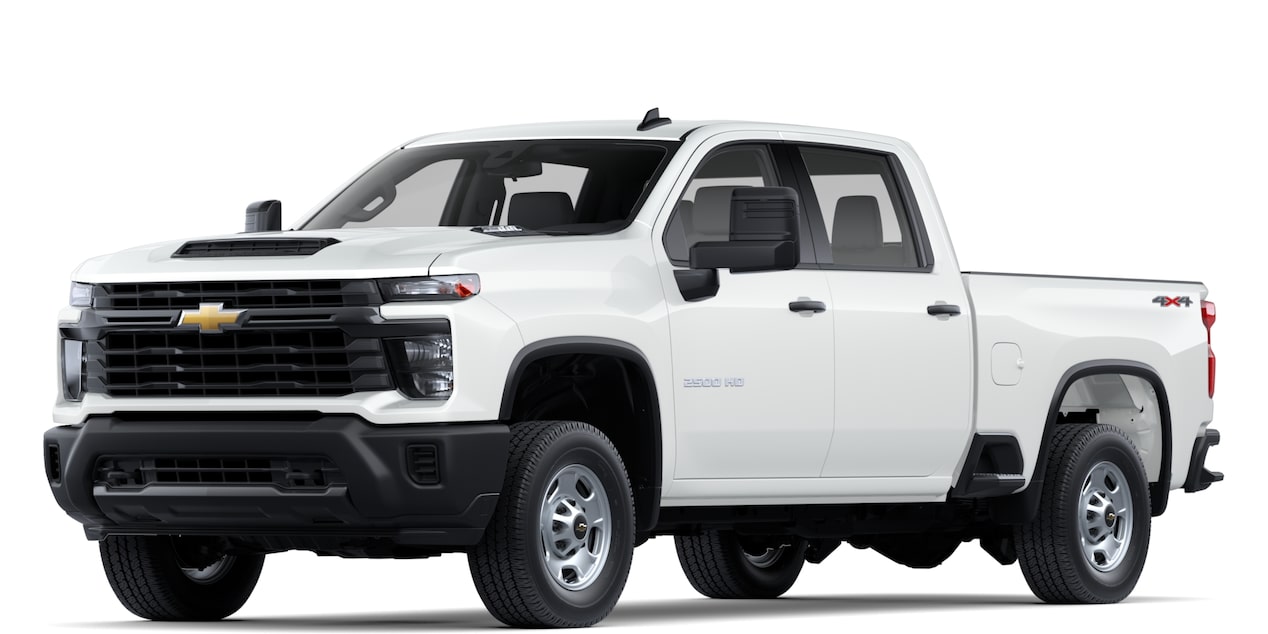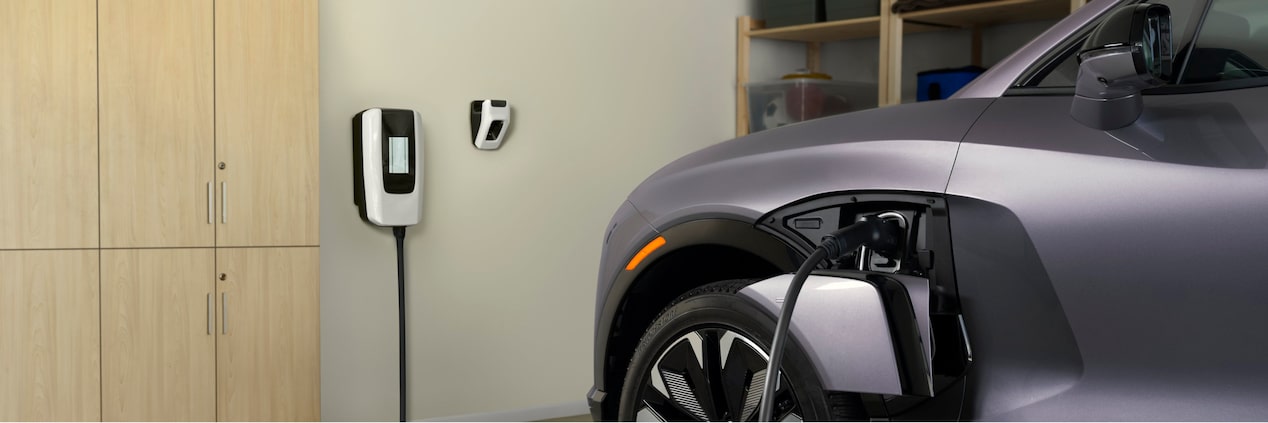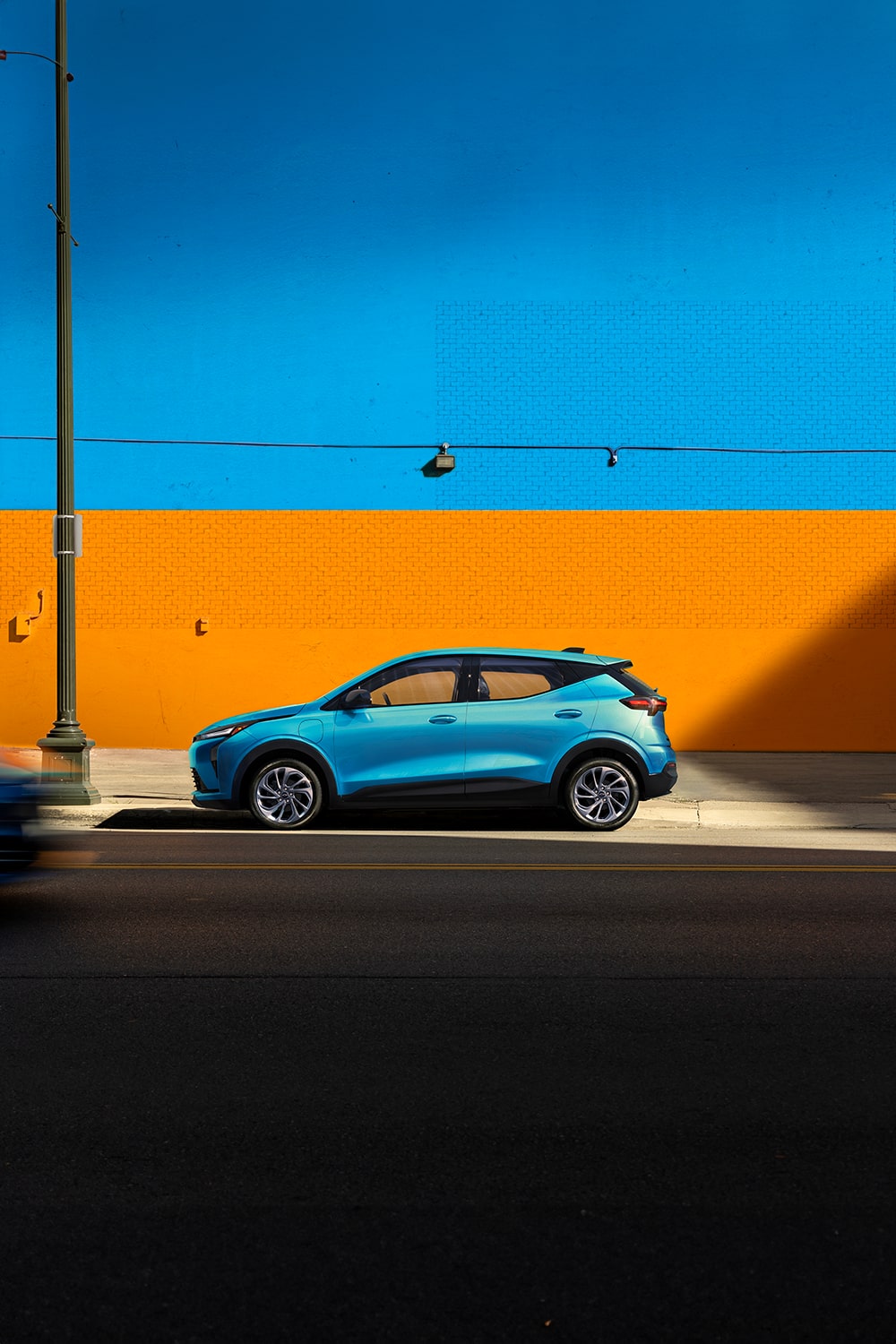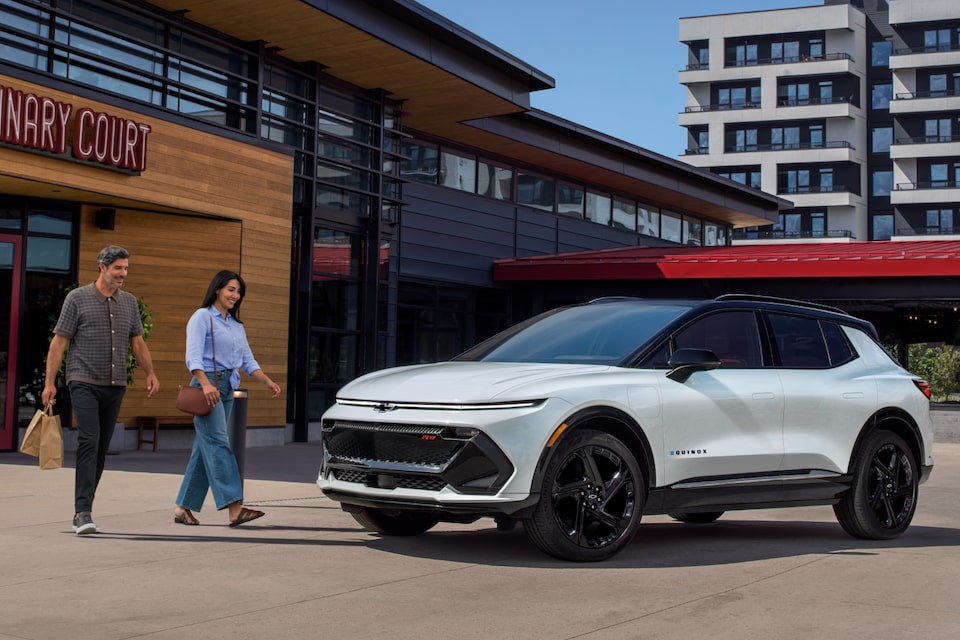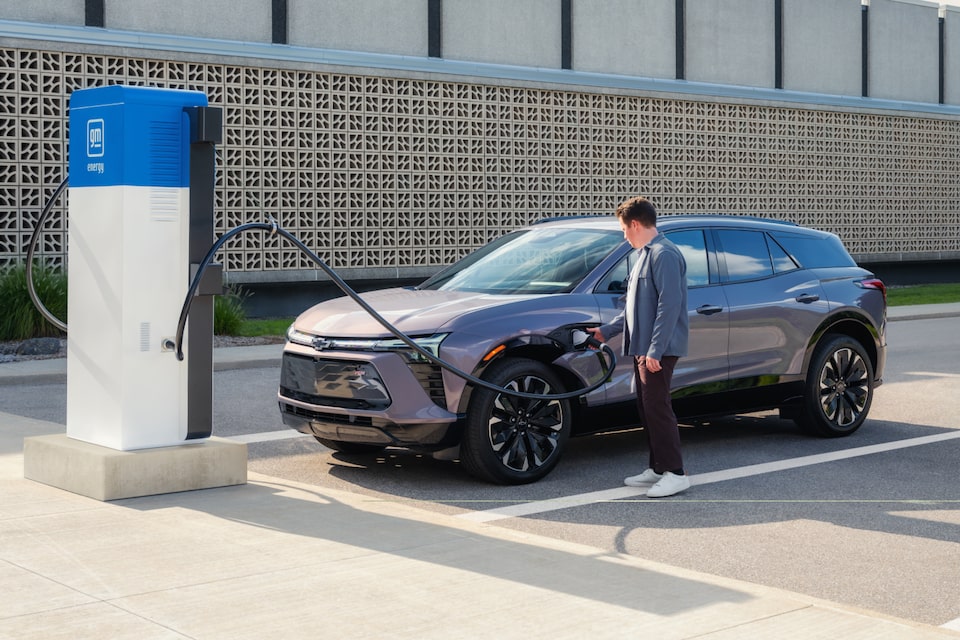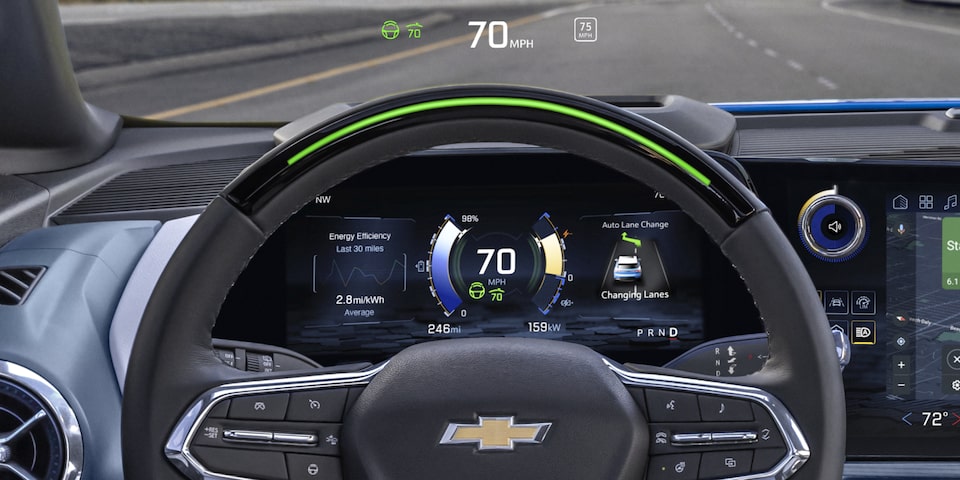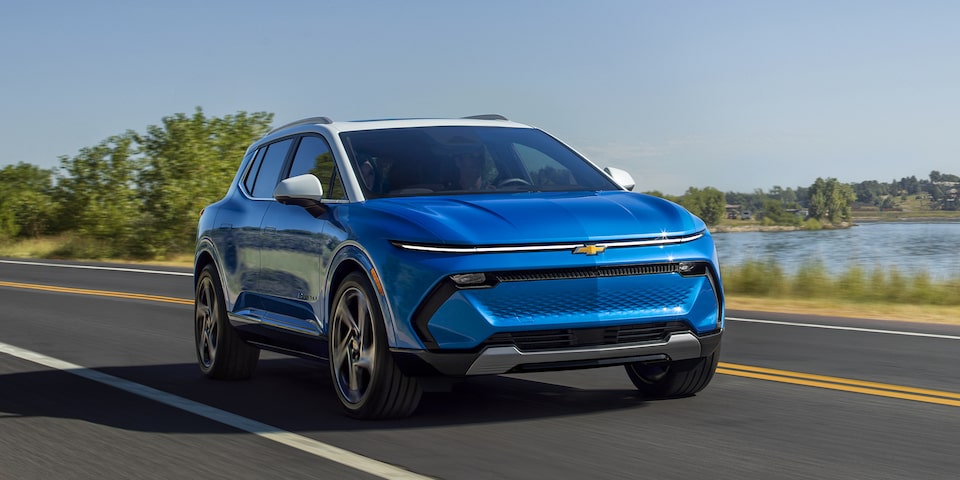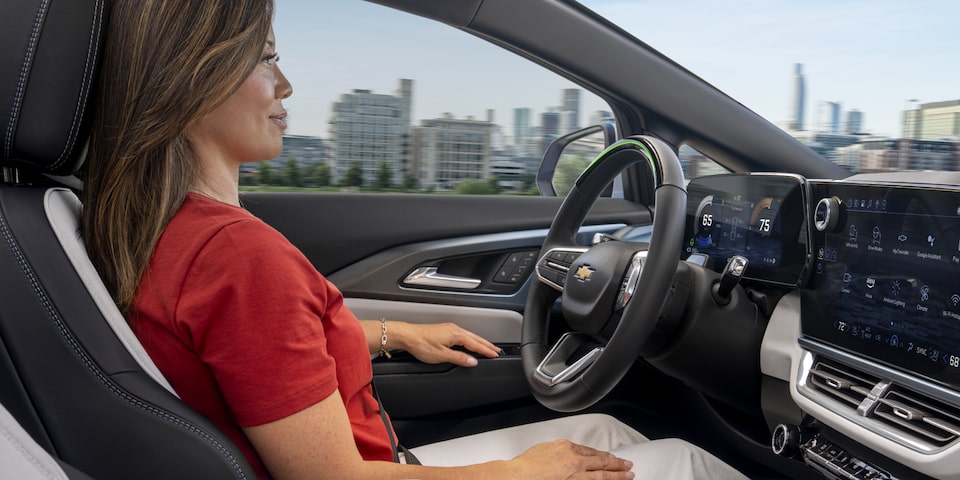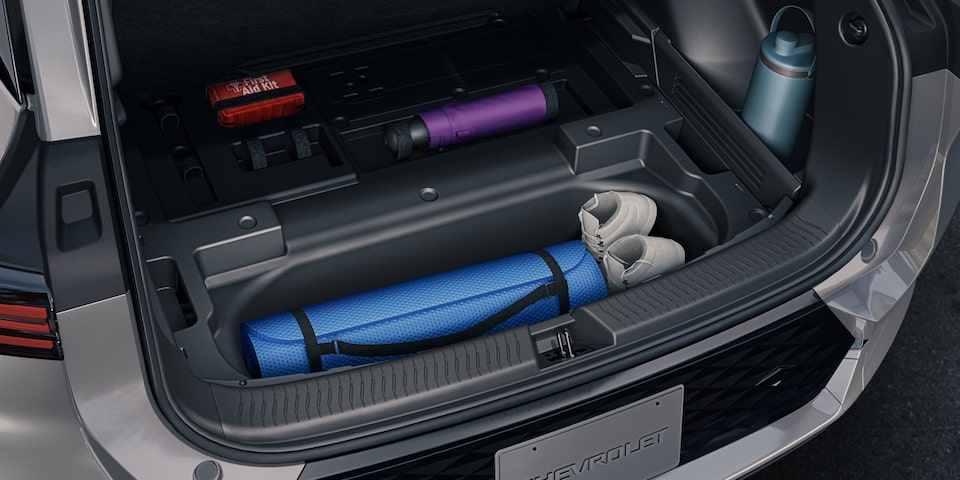An electrifying new direction
The all-electric vehicle era is here, and Chevy is leading the way. From electric SUVs to electric trucks, we offer a broad lineup of stylish and practical EVs that can get you where you want to go — so you can do whatever it is that drives you.
Electric vehicle highlights

The right amount of range
You’ll enjoy the freedom and confidence that comes from driving a Chevy EV with ranges of up to EPA- estimated 319 miles with our Equinox
Discover our EVs
Equinox EV
Starting at $33,600
As shown $45,495
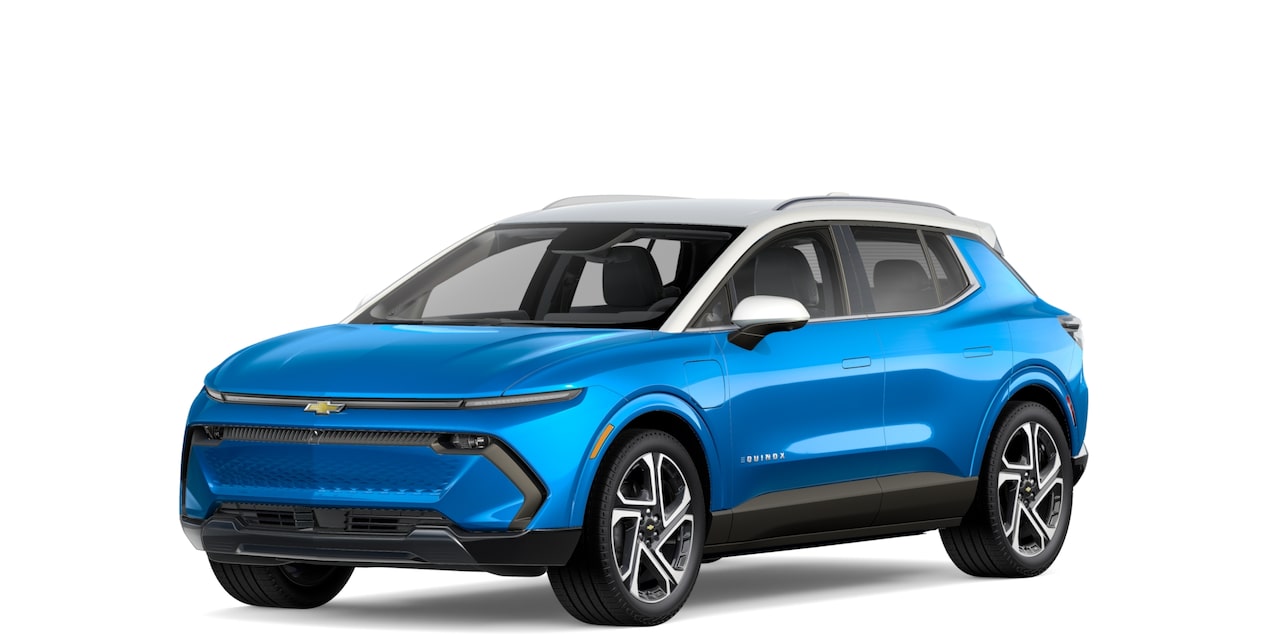
The capable and affordable electric SUV
EPA-est. 319
Best-in-
Available 57.2 cu.
Approx. 70 miles of range In 10 minutes with DC Fast Public
Blazer EV
Starting at $44,600
As shown $61,095

Performance, tech and style in an all-electric package
17.7-inch Diagonal digital touch-screen
11-inch Diagonal driver information screen
Over 15 Standard advanced safety features
8-yr./100,000-mi. Battery limited warranty
Silverado EV
Starting at $52,800
As shown $70,000
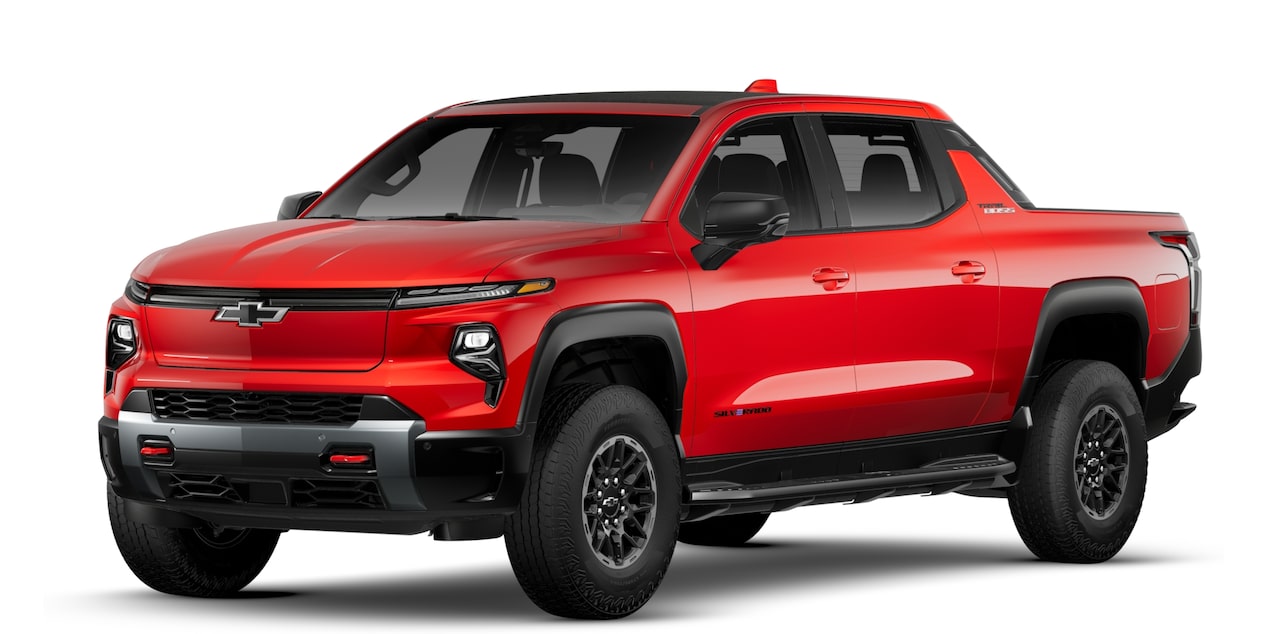
Lead the charge
GM-estimated up to 478
Up to 12,500
Up to 785
Up to 760
BrightDrop
Starting at $47,925
As shown $47,925

Electrifying delivery
Max avail. GM-estimated electric range up to 303 miles
Max avail. cargo volume: 614.7 cu.
Max avail. payload: 3,350
Max avail. GVWR: 11,000
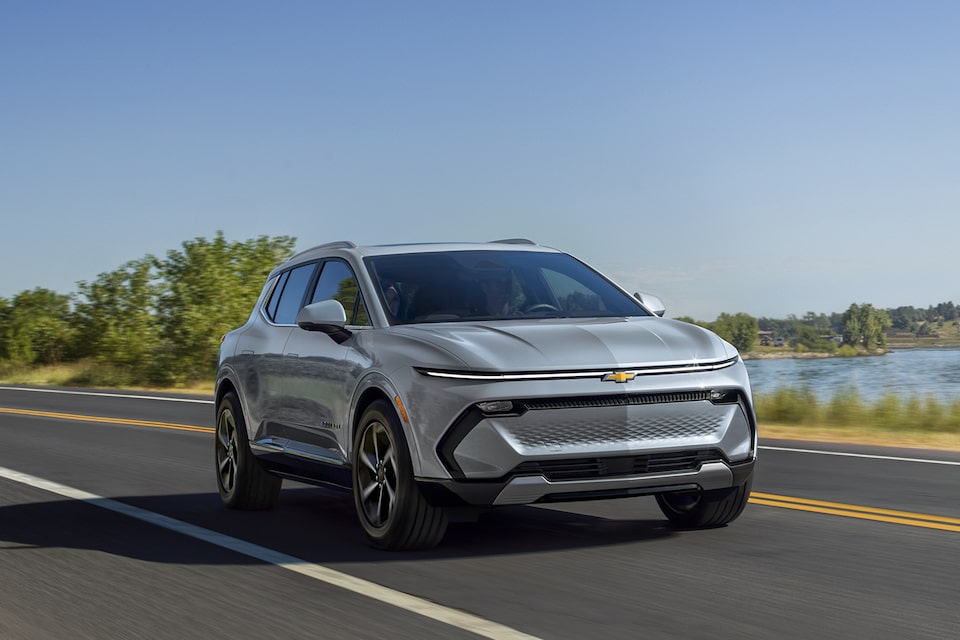
Try an EV for yourself
Ready to see just how electric driving can be? Check out our lineup of all-electric trucks and SUVs and schedule a test drive today.
Features
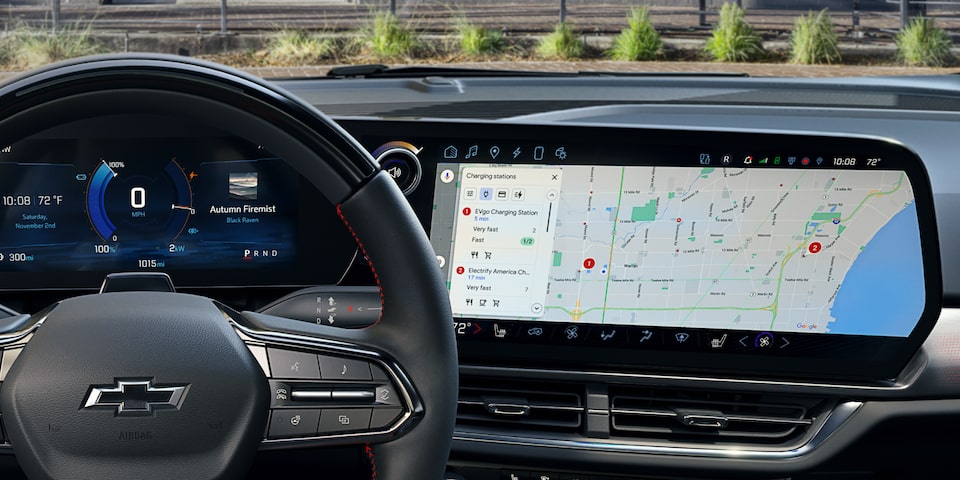
Large color touch-screens
At the center of every Chevrolet electric vehicle is a large color display screen for easy access to your infotainment, music, apps, navigation, vehicle information, energy screens and more.
Your EV Essentials
The truth about EVs
EV myths are everywhere, but we’re setting the record straight. Get the facts about range, charging, affordability and more.
EV 101
From charging and range to home installation and daily driving, explore everything there is to know about EV ownership.
Take the next step
Ready to go electric or looking to upgrade your EV? Choose your model, customize the details and get pricing today.

Cold weather and EVs
Get answers to your questions about operating your Chevy EV in winter conditions, including tips on charging, maximizing range performance, keeping your cabin comfortable and more.
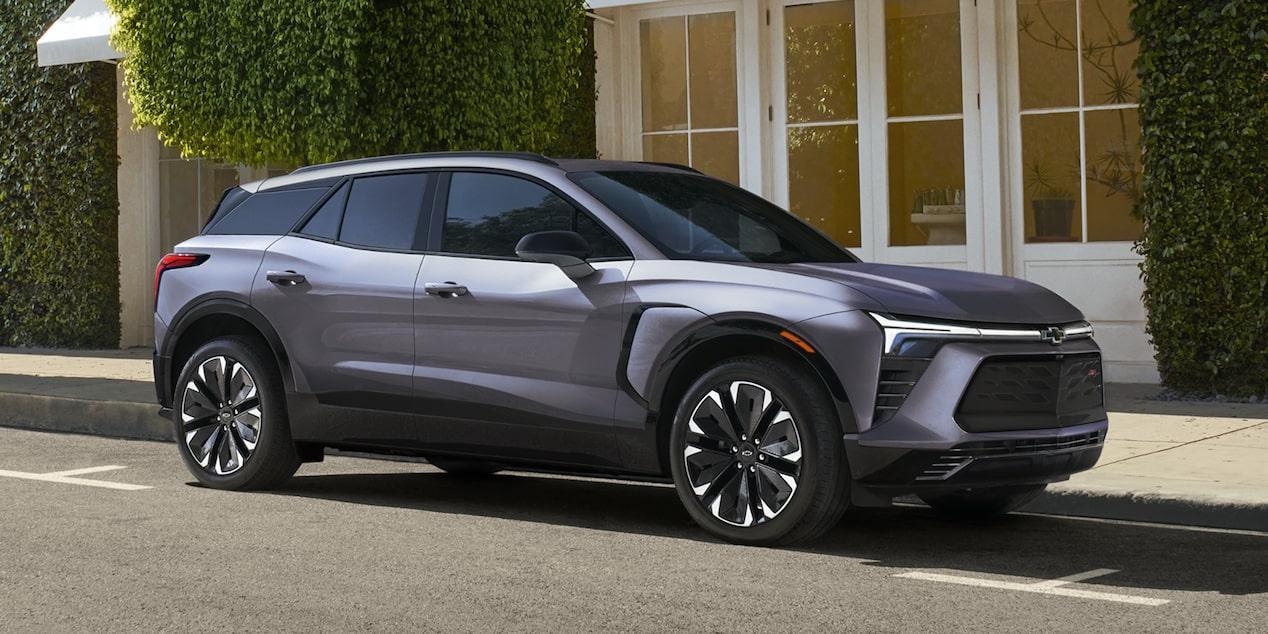
See all Chevy EV offers
You’ll be one step closer to bringing home a Chevy once you explore our EV offers.

Explore special offers
Learn about our Military, Educator and First Responder offers.
FAQs
Explore SUVs

Your safety is very important to us. If you want to determine whether or not there is a recall on your current vehicle or on a vehicle you are considering, visit www.nhtsa.gov/recalls or call (888) 327-4236.




